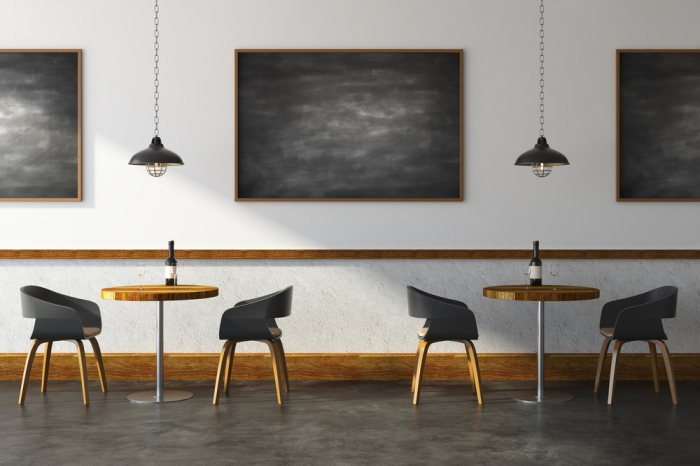Rise of urban tasting rooms: the evolving landscape of wineries
Why wineries are making a strategic shift to urban settings
2023-09-14

Recent trends have indicated that the wine industry is adapting to urban landscapes, and as a result, urban tasting rooms have become an indispensable extension for wineries. These urban iterations not only offer a more casual and relaxed environment for consumers but also seem to be translating into better sales conversions than their traditional counterparts.
A Decade of Urban Evolution in the Wine Industry
Over the past decade, the emergence of urban tasting rooms across the United States has painted a new picture of wine consumer behavior. However, up until recently, these urban establishments didn't necessarily guarantee increased bottle sales for producers. Traditionally, main winery tasting rooms enjoyed a lead, with their conversion rates standing at approximately 25% to 35% higher compared to the urban outlets.
But 2021 heralded a turning point.
Reversal in Conversion Rates: A Surprising Pivot
The latest data from the 2023 Direct To Consumer Wine Report, released by Silicon Valley Bank (SVB), highlights an intriguing shift. In the span of a year, urban tasting rooms have managed to overtake traditional wineries in terms of sales conversion rates. This upward trajectory underscores the increasing significance of having a casual, secondary tasting space, especially in regions frequented by tourists.
Yet, even with such clear benefits, only a fraction of wine producers are capitalizing on this trend. Washington leads the charge with 20% of its wineries having both primary and urban tasting facilities. In stark contrast, renowned wine-producing regions such as Napa, Oregon, Paso Robles, and Sonoma lag behind, with less than 8% boasting secondary urban sites. Virginia's wineries, from the data gathered, seem to have entirely bypassed this urban trend.
Why the Shift towards Urban Spaces?
The push towards urban locales isn't merely a consequence of changing consumer preferences. It's a strategic move for wineries. For regions where wines are priced at a premium, an urban tasting room provides a platform to offer a more affordable and often youthful experience. The 2023 SVB report notes that urban tastings are usually priced around $10 less than their main winery counterparts, averaging $30 per person compared to $40 at traditional venues.
Santa Barbara leads the pack in terms of urban tasting rooms, whereas Napa Valley trails with a limited number of these urban establishments.
And this trend isn't restricted to the shores of the United States. Globally, wineries are acknowledging the merits of urban tasting rooms. An instance from earlier this year recounted a Barossa wine producer's venture into Sydney with a secondary tasting space. The move proved lucrative, drawing billionaire clientele. Reflecting on the success, Château Tanunda owner John Geber remarked on a significant sale, emphasizing the unexpected opportunities the urban location presented.
The future of wineries seems intertwined with urban tasting rooms. As producers globally recognize the strategic importance of these spaces, we can expect a further convergence of wine culture with urban landscapes.
Founded in 2007, Vinetur® is a registered trademark of VGSC S.L. with a long history in the wine industry.
VGSC, S.L. with VAT number B70255591 is a spanish company legally registered in the Commercial Register of the city of Santiago de Compostela, with registration number: Bulletin 181, Reference 356049 in Volume 13, Page 107, Section 6, Sheet 45028, Entry 2.
Email: [email protected]
Headquarters and offices located in Vilagarcia de Arousa, Spain.